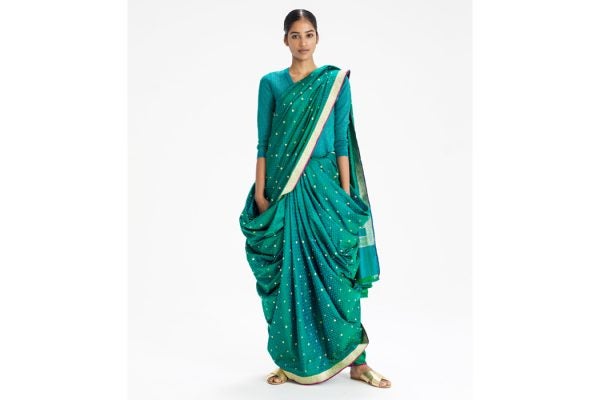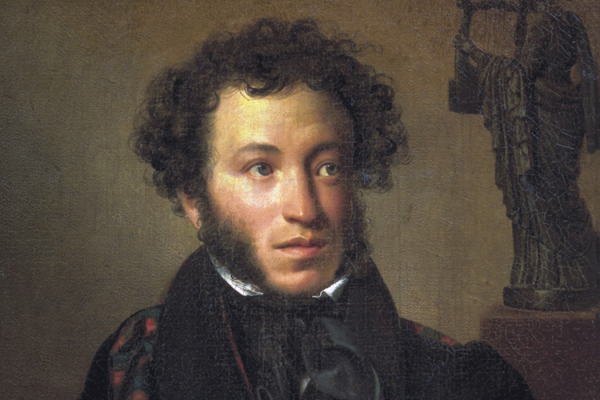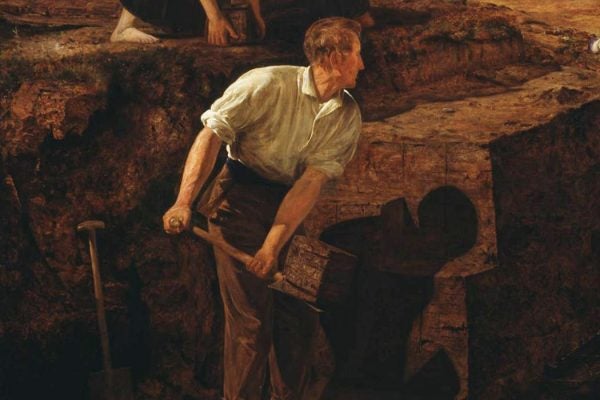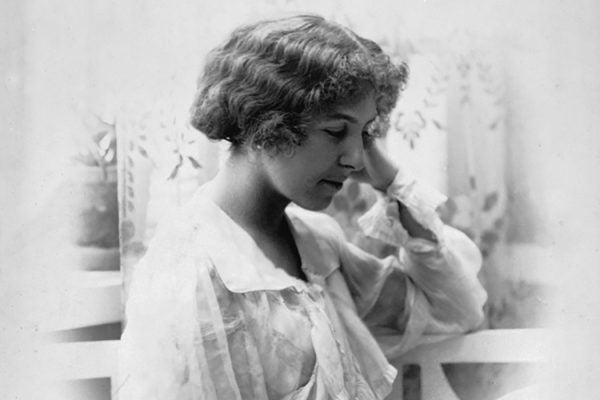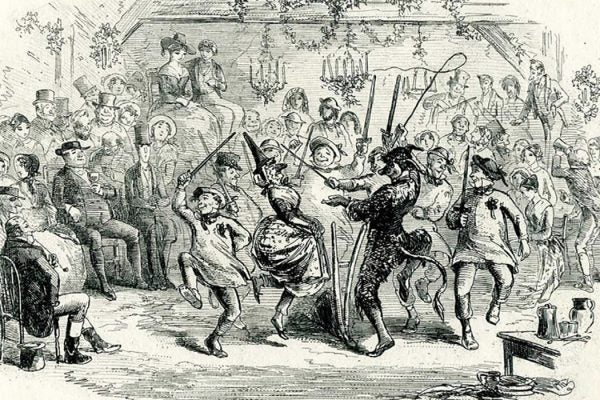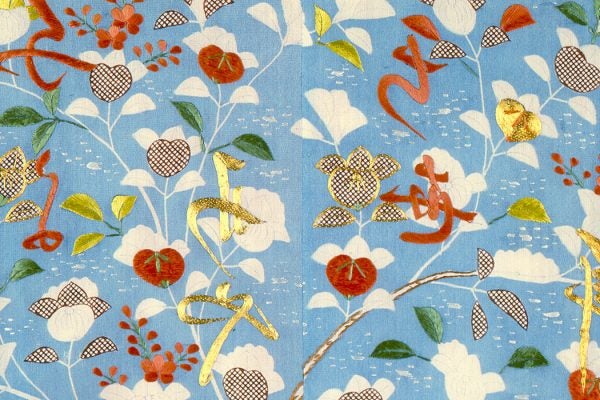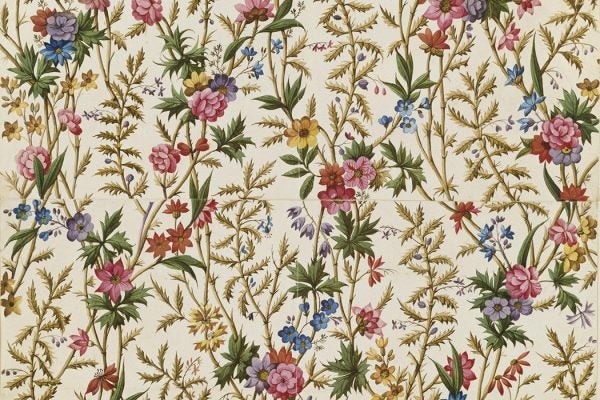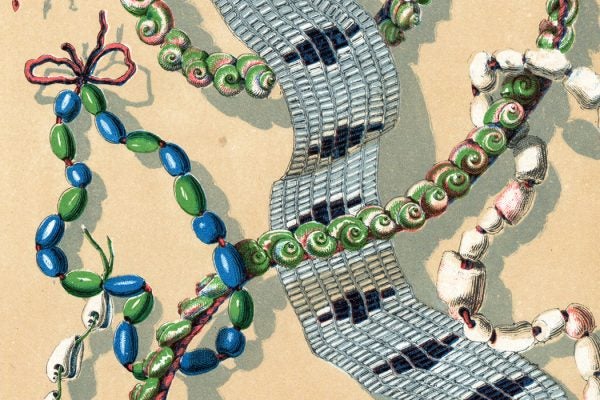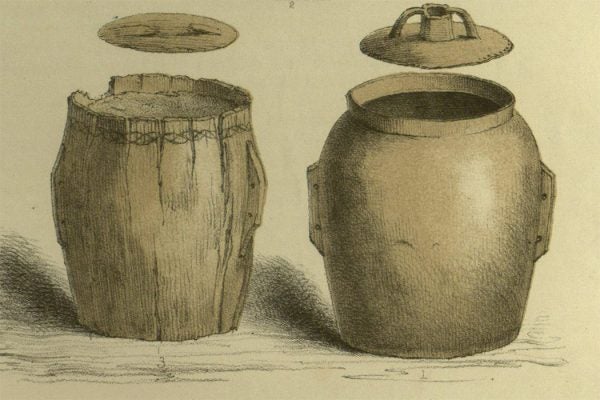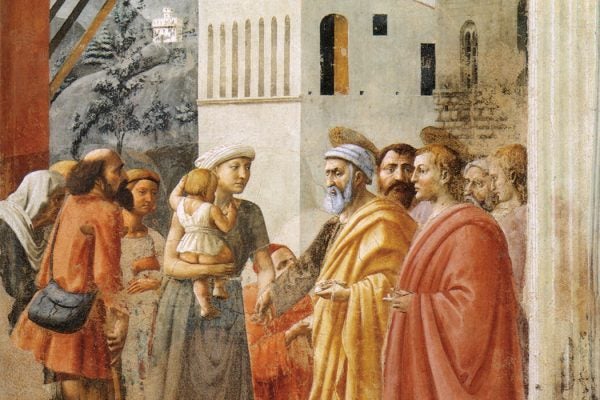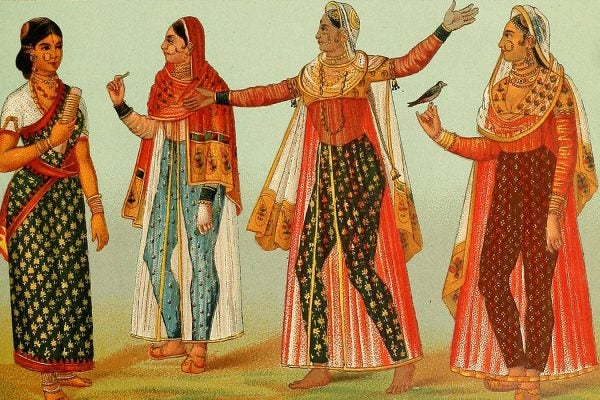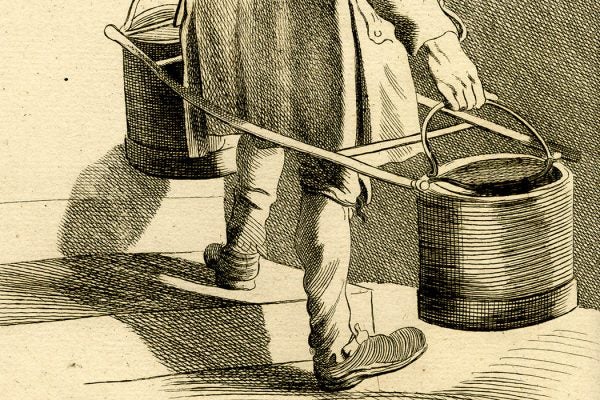Why Saris are Indian Material Culture
Between 1996 and 2003, a folklorist studied the connection between handlooms (technology), sari makers (producers), and sari wearers (consumers) in the ancient city of Banaras.
Why Verdi Wrote an Opera about Sex Work
Giuseppi Verdi's 1853 opera La Traviata was a shocker when it was first performed. Nineteenth-century audiences didn't expect to watch a sex worker die of tuberculosis at the opera.
How Alexander Pushkin Was Inspired by His African Heritage
Alexander Pushkin is known as the quintessential Russian writer, but he took particular inspiration from his African great-grandfather, General Abraham Petrovitch Gannibal.
How WWI Made the Zipper a Success
A money belt with a zipper became an instant success among WWI U.S. sailors, whose uniforms did not have pockets. Almost all initial zipper sales were for the money belts.
Peat’s Place in Art
Since the nineteenth century, peat (or turf) has brought social consciousness to art. In the 1800s, Pre-Raphaelite paintings focused on the fact that the poor harvested it.
The Writer Behind Out of Africa
For Karen Blixen, the Danish author of "Out of Africa," role, purpose, fate and destiny are intertwined
What Exactly is K-Pop, Anyway?
Since the late 90s, K-Pop has been one of South Korea's most important cultural exports. Fans have a deeply emotional attachment to the music.
Jan van der Heyden and the Dawn of Efficient Street Lights
17th-century Amsterdam was the first city in Europe to have an efficient system of street lighting—thanks to a Golden Age painter called Jan van der Heyden.
How Highlanders Came to Wear Kilts
Kilts are traditional garb from Scotland, right? Well, that's not quite the whole story.
Shakespeare, Rembrandt, and the Real “Twelfth Night”
"Twelfth Night" was more than a Shakespeare play; for a very long time it was an extremely popular European winter feast.
The Scottish Sisters Who Pioneered Art Nouveau
Margaret and Frances Macdonald and their Glasgow School of Art classmates Charles Rennie Mackintosh and Harold MacNair were Art Nouveau's Glasgow Four.
The Surprising History of the Kimono
The kimono that the world associates with Japan was actually created in the late-nineteenth century as a cultural identifier.
Are You Wearing Seaweed?
Are you wearing seaweed? People have been for hundreds of years, in sizing, patterns and fibers, although they might not have known it.
Wampum was Massachusetts’ First Legal Currency
First Nations' seashell-derived wampum was Massachusetts' first legal currency, used as currency throughout northeastern America into the 19th century.
England’s Forgotten Favorite Drink
Thanks to botanical artists, 19th century paintings of perry pears are helping to bring England's forgotten bubbly back to our glasses.
Bog Butter Barrels and Ireland’s 3000-Year-Old Refrigerators
Wooden Bog Butter Barrels are possibly the most beautiful things you can find in a bog. But why did people throw their butter into bogs?
When Ferns Were All The Rage
Despite the jurassic-sounding name, pteridomania (from the Greek for fern, plant and mania) was responsible for the 19th century fern leaf collector's job.
Louis XIV, Napoleon, and Macron: The Choreography of Portraits
Official portraits have been a means of communicating intention and creating image throughout history. Consider three of France's iconic leaders.
Why We Will Never Hear What Mozart Heard
Modern pianos are the product of a 600-year evolution—from Hermann Poll's 1397 clavicembalum, to clavichords, harpsichords, and the modern grand piano.
How Buon Fresco Brought Perspective to Drawing
Buon fresco, perhaps the best-known kind of wall painting, is the result of a chemical reaction turning paint and wet plaster into a single, solid surface.
Why India Once Led The Fashion Industry
India led the fashion world in the 16th and 17th centuries through cotton fabric, design motifs, and its customer-centric market system.
The 17th-Century Dutch Version of Bookstagram
Jan Davidszoon de Heem, one of the greatest still-life painters of the 17th century Dutch Golden Age, brought particular brilliance to book still-lifes.
The History of Purple, From Pliny to Prince
In August Pantone honored late singer/songwriter Prince with a new shade of purple called Purple Rain. Why is the color purple considered to be so special?
The Story Behind “The Parisian Water-Carrier”
Who was the "Parisian water-carrier" depicted in eighteenth-century French sculptor Edme Bouchardon’s sketches, and how did he earn his living?

